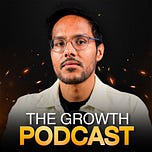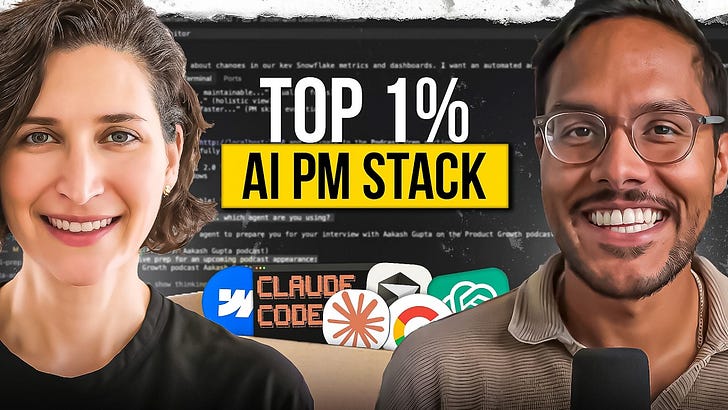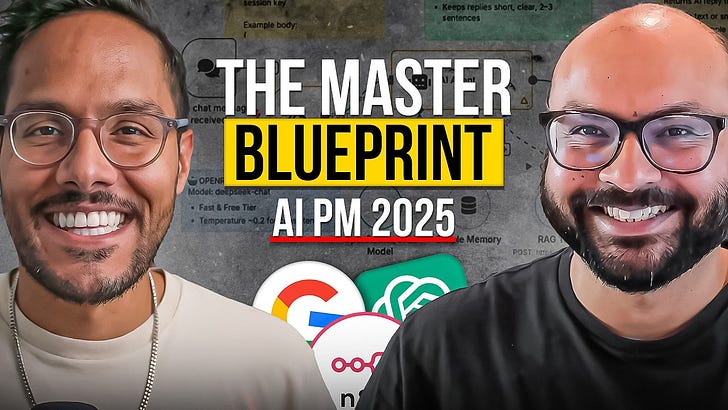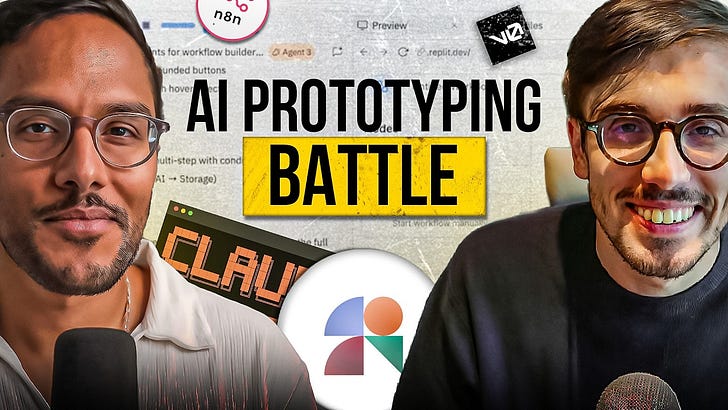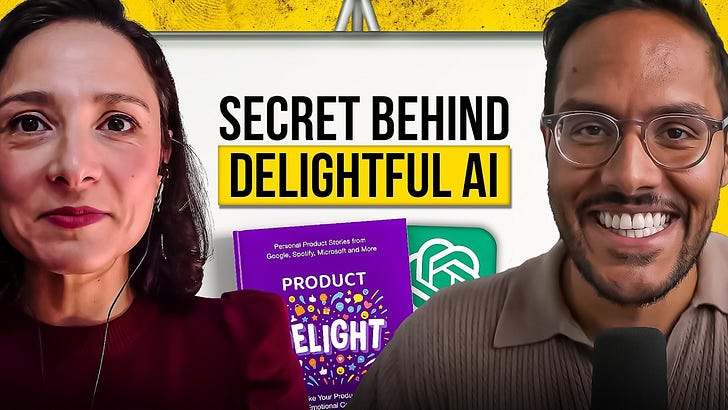Listen now on Apple, Spotify, and YouTube.
Brought to you by:
Zeda.io: Discovery platform to turn your VoC into product insights
WorkOS: Your App, Enterprise Ready
Dovetail: The Fastest Way to Understand Your Customer
Is Agile at a breaking point?
In today’s episode, Maria Chec unpacks the identity crisis Agile faces in 2025 and why roles like Scrum Masters and Agile Coaches are under fire.
We cover:
Why Agile Thrives in Europe More Than the U.S. — 00:00:27
Why PMs Are Pushing Back Against Agile Roles — 00:23:47
The Rise and Fall of the Agile Brand — 00:47:43
User Story Mapping: The Unsung Hero of Collaboration — 1:07:05
Kanban: The Flexible Framework You’re Overlooking — 1:35:30
Here are the Key Takeaways
Here are 5 takeaways to re-shape your approach:
1. Agile Isn’t Broken, But It Needs a Major Reset
Agile isn’t failing — it’s stagnating.
Agile’s initial promise of lightweight, adaptable processes has been overshadowed by over-reliance on certifications and rigid frameworks.
Instead of fostering innovation and collaboration, many teams are burdened with roles and processes that feel disconnected from their goals.
Here’s what product managers need to do:
Embrace a more flexible and context-driven approach
Focus on real collaboration and value creation rather than blindly adhere to outdated practices
2. The Role of Product Ops in Modern Teams
Product Ops has taken a hit in perception recently, but its core value is undeniable when applied in the right contexts.
Unlike Scrum Masters or Agile Coaches, who focus on team-level processes and collaboration, Product Ops operates at the organizational level:
Managing metrics, tools, and workflows.
Creating systems that empower product managers to thrive.
So why the decline?
The overlap with other roles and cost-cutting initiatives often leave Product Ops on the chopping block.
But here’s the paradox:
In organizations where product managers are stretched thin, the absence of Product Ops can amplify inefficiencies.
To unlock the full potential of Product Ops, two things are critical:
Alignment with strategic goals → Make Product Ops a partner in delivering measurable outcomes, not just a process enforcer.
Clear, distinct responsibilities → Define where Product Ops begins and ends, avoiding redundancy with other roles.
3. SAFe: A Tool for Scaling or a Trap of Bureaucracy?,
Scaled Agile Framework (SAFe) is a polarizing topic among Agile practitioners, particularly in the product management space.
SAFe can help align large teams and create high-level agreements, especially in big enterprises.
However, it can easily become overly bureaucratic and disconnected from day-to-day work.
Here’s what you need to focus:
Frameworks should be treated as tools, not rulebooks.
Adopt what works for your organization and discard what doesn’t.
Customize frameworks to enhance team alignment, collaboration, and value delivery.
Frameworks should serve the teams — not the other way around.
4. The Agile Tool You Might Be Overlooking - Kanban
Kanban is one of the most effective yet often overlooked tools in Agile.
Unlike Scrum, which can feel rigid, Kanban offers a lean, flow-based approach that emphasizes reducing bottlenecks, optimizing workflows, and decreasing work-in-progress issues.
These principles enable teams to focus on delivering value consistently without being bogged down by unnecessary processes.
Its strength lies in its adaptability and clarity, making it particularly useful for teams that need flexibility or struggle with balancing priorities.
It’s a powerful tool to streamline workflows and improve team efficiency while maintaining focus on customer outcomes.
5. The Future of Agile Lies in Collaboration, Not Certifications
"Collaboration 2.0" challenges the traditional approach to teamwork.
It’s not about following rigid frameworks or processes.
It’s about building high-performing, truly connected teams.
In today’s fast-paced organizations, collaboration goes deeper than meetings and workflows. It’s about creating an environment of:
Psychological safety → where team members feel empowered to speak up.
Open communication → fostering transparency and trust.
Shared understanding → aligning on goals and priorities.
When frameworks are treated as one-size-fits-all, they can stifle creativity, misalign teams, and prioritize process over purpose.
Collaboration 2.0 flips the script.
It’s about tailoring practices to meet the unique needs of your team.
It prioritizes real-time, meaningful collaboration through tools like user story mapping that bring ideas to life and create clarity.
For more details, listen to the full episode now!
Referenced
The Agile Manifesto: The foundational document from the 2001 Snowbird meeting that launched the agile movement, signed by the original thought leaders.
The Scrum Guide: The definitive 13-page guide to Scrum, authored by Ken Schwaber and Jeff Sutherland. Essential reading for understanding the core framework without the added complexity of certifications and interpretations.
User Story Mapping (Jeff Patton): The authoritative resource on user story mapping, offering practical techniques for breaking down product initiatives collaboratively with teams.
The Culture Map (Erin Meyer): Essential reading for understanding how different cultures approach work, meetings, and feedback - particularly valuable for global product teams.
Product Operations (Melissa Perri): A comprehensive guide to understanding the emerging field of product operations and its role in scaling product organizations.
Toyota Production System: The original source of Kanban principles, showcasing how Japanese manufacturing practices influenced modern software development.
Maria's Facilitation Masterchef (Miro): Award-winning template for meeting facilitation using the double diamond approach to structure productive team sessions.
Driving Value with Sprint Goals (Maarten Dalmjin): A great book on the details of creating great sprint goals.
Where to find Maria
If you prefer to only get newsletter emails, unsubscribe from podcast emails here.
Up Next
The podcast is on a short break until January 3rd. But we have some great podcasts coming, from: Mona Gandhi, Gautham Krishnan, and Aishwarya Ashok. I’m so excited to share them with all of you.
And don’t miss my appearance on Maria’s podcast as well: Agile State of Mind.
In the newsletter, check out this week’s latest piece if you haven’t yet: Proactive Product Quality - How to Prevent Issues Before Users Even Notice.
And look out for these pieces up next:
The Product Leader’s Ultimate Guide to Process Changes
The Google PM Interview Guide
The Product Growth 2024 Course Pack
I think you’re going to love them,
Aakash

